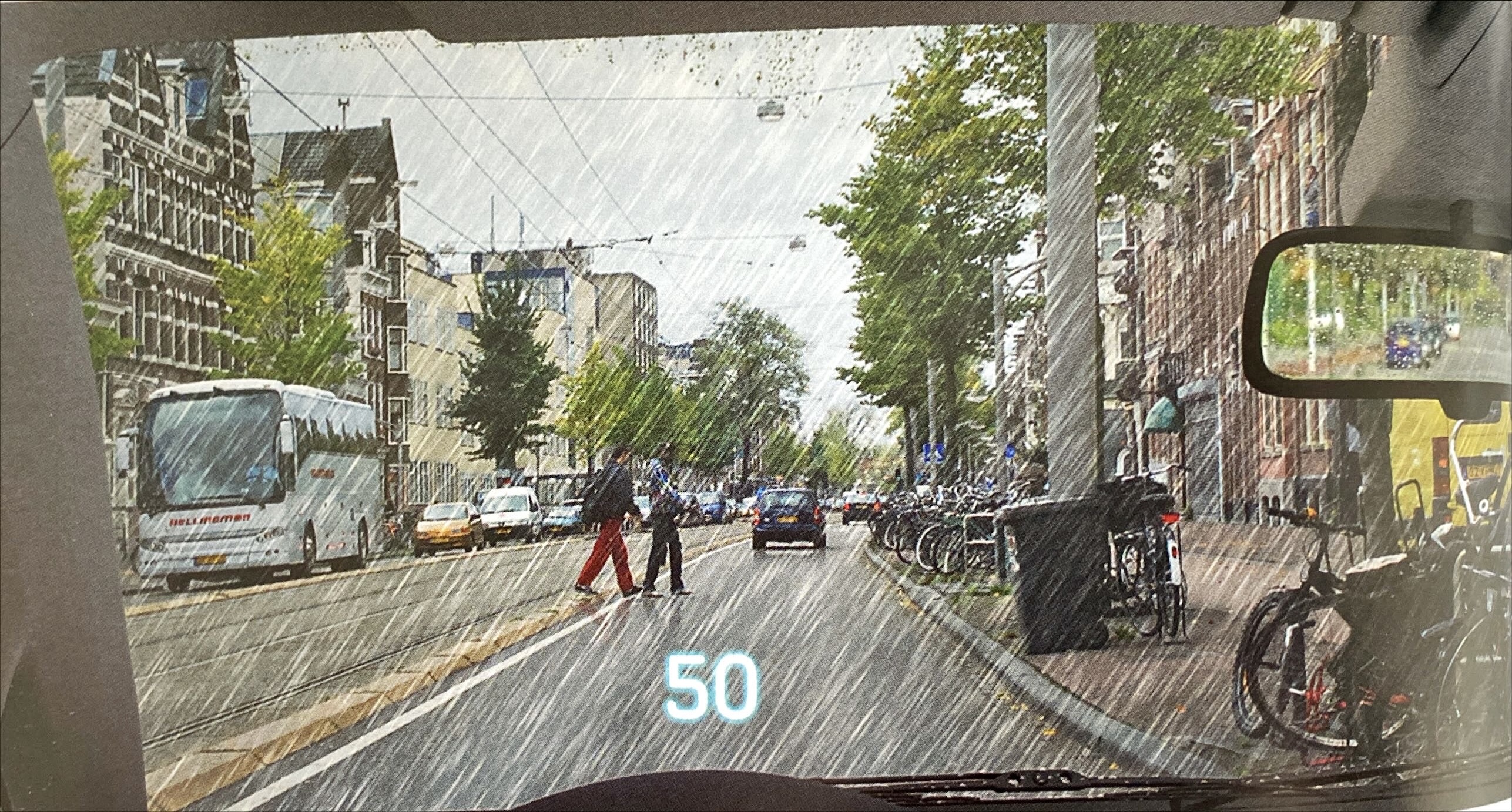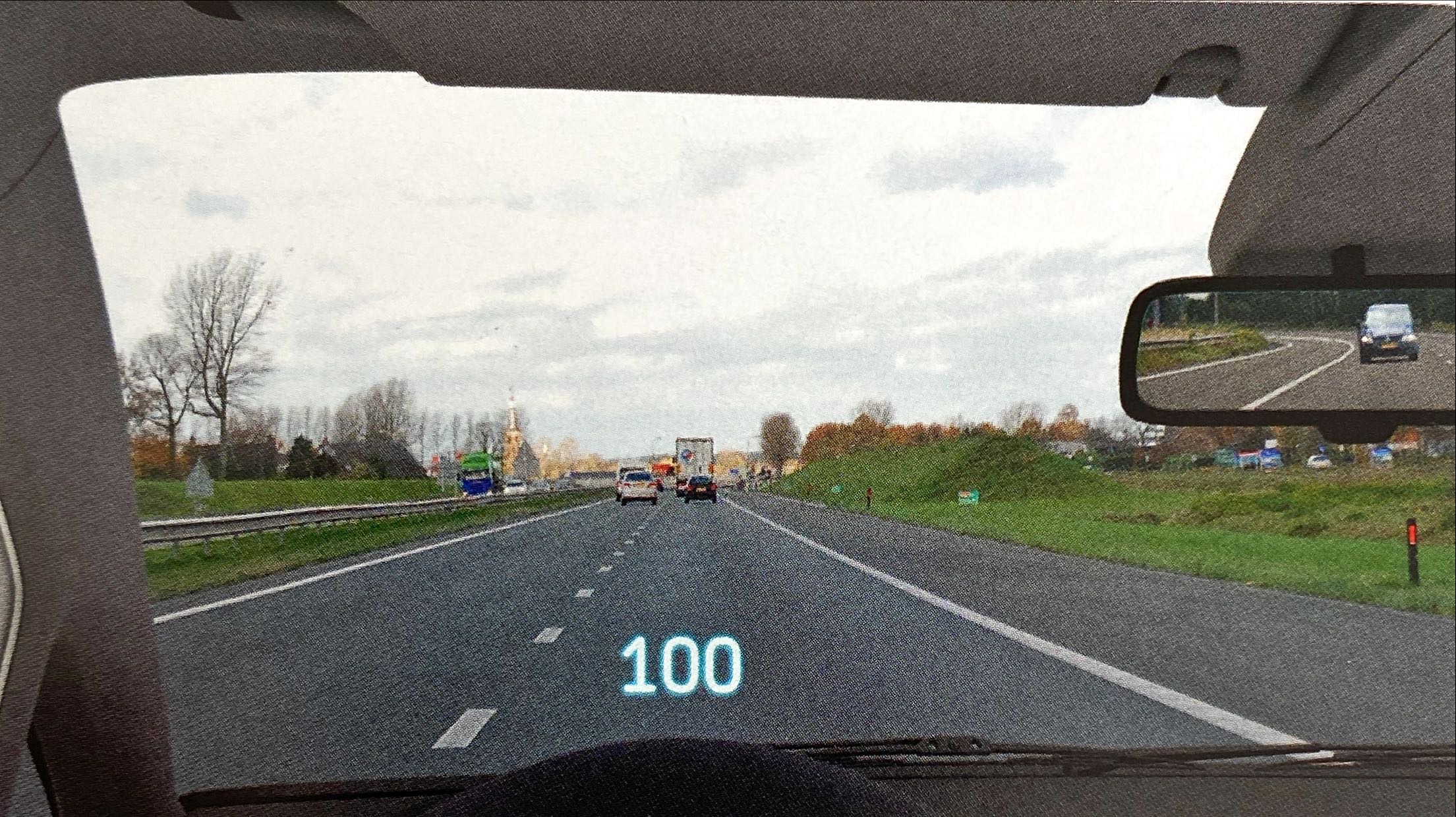2.1 Risk factors
Created: 2023-09-28 10:56
Danger can arise from various factors. The most important are:
- You: your state of mind, knowledge of the rules, driving experience, fitness.
- Other road users: those factors also apply to others.
- Environment: condition of the road, crowds, unclear instructions, etc.
- Weather: snow, rain, etc.
- Time of the day: rush hour, sunset.
- Seasons: leaves on the road during Autumn.
- Animals: wild animals or lose pets.
- Backlight: low sun or lights from incoming traffic.
Acute danger, possible danger or nothing to worry
All situations on the road roughly fall under one of these three situations.
- There is imminent danger
- Danger may arise
- There’s no danger
Each scenario requires a different response.
Imminent danger
These are examples of situations that pose immediate danger:
- Pedestrians or cyclists suddenly crossing.
- Vehicles entering the road in front of you.
- Children playing, cycling or running.
- A football rolling across the street.
- Approaching an unclear intersection.
- Animals on the roadway.
- A speed bump or other sign telling you to slow down.
On imminent danger there’s little time to think. You must then act quickly. A common reaction in these types of situations is breaking.

Danger may arise
These are situations that could become dangerous, but aren’t yet.
Examples:
- Incoming traffic approaching in the distance.
- Cyclists and pedestrians crossing or approaching traffic in bad weather.
- Traffic signs that warn of an abnormal traffic situation.
In this type of situations you have more time to think about possible solutions (reactions). A possible reaction Is to release the gas, gradually slow down. Doing so gives more time to assess the situation and, if necessary, act quickly.

No danger
Of course, there are also plenty of situations while driving which pose no danger at all.
For example, you can continue to drive normally when:
- The road is clear and orderly.
- Your speed is so low that you can stop in time.
